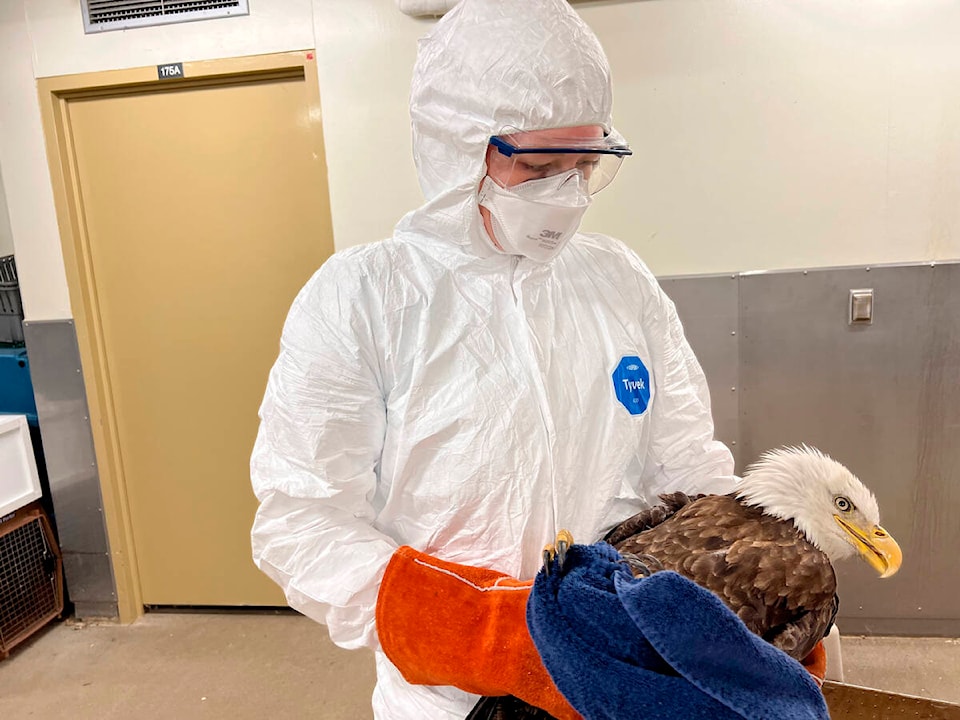A strain of avian influenza that is highly contagious among birds is currently spreading from the United States into southern Canada, according to a notice from the Government of the Northwest Territories (GNWT).
A respiratory disease, avian influenza (or bird flu) naturally occurs in wild birds, being especially common among ducks, gulls, geese, and shorebirds.
Transmission from birds to humans is rare and cases in humans have been relatively mild, though there are rarer causes of diarrhea, nausea, vomiting, and seizures developing in some.
“If you are experiencing any symptoms, and have been in contact with wild birds or domestic birds showing signs of illness, contact your local health centre for assessment and advise them of your bird exposure,” reads the GNWT’s notice.
There is no evidence to suggest that the consumption of cooked poultry or eggs could result in transmission of avian influenza. As well, it is considered safe to hunt, handle, and eat healthy wild birds in the Northwest Territories.
The GNWT has issued a reminder with the following precautions when hunting or handling birds.
“Wear gloves when handling birds you’ve harvested, process harvested birds in a well-ventilated area, wash your hands and disinfect your equipment when you’re done, never touch birds or other wildlife that appear sick or are found dead, and report any sick or dead birds immediately to your regional Environment and Natural Resources office.”
Symptoms of ‘Highly Pathogenic Avian Influenza’ in wild birds may include unusual behaviour, tremors, or lack of coordination, swelling around the head, neck, and eyes, lack of energy or movement, coughing, difficulty breathing, or sneezing, diarrhea, sudden death.
Symptoms of ‘Highly Pathogenic Avian Influenza’ in domestic birds may include a drop in production of eggs, (many of which are soft-shelled or shell-less), diarrhea, hemorrhages on the hock, high and sudden mortality rate, quietness and extreme depression, swelling of the skin under the eyes, wattles and combs become swollen and congested.
Symptoms of Highly Pathogenic Avian Influenza in humans may include fever, cough, nasal congestion, shortness of breath, sore throat, joint aches, headache, eye redness, weakness, muscle aches
If you are experiencing any symptoms, and have been in contact with wild birds or domestic birds showing signs of illness, contact your local health centre for assessment and advise them of your bird exposure.
Wear a mask when around others, use healthy respiratory practices, and perform frequent hand hygiene until further guidance is provided from a health care professional.
For more information on the topic, The NWT Council on Invasive Species, Pests, and Pathogens is hosting a series of noon-hour webinars for National Invasive Species Action Week, including a presentation on avian influenza in migratory birds on May 18, 12 from 1 p.m. MDT.
